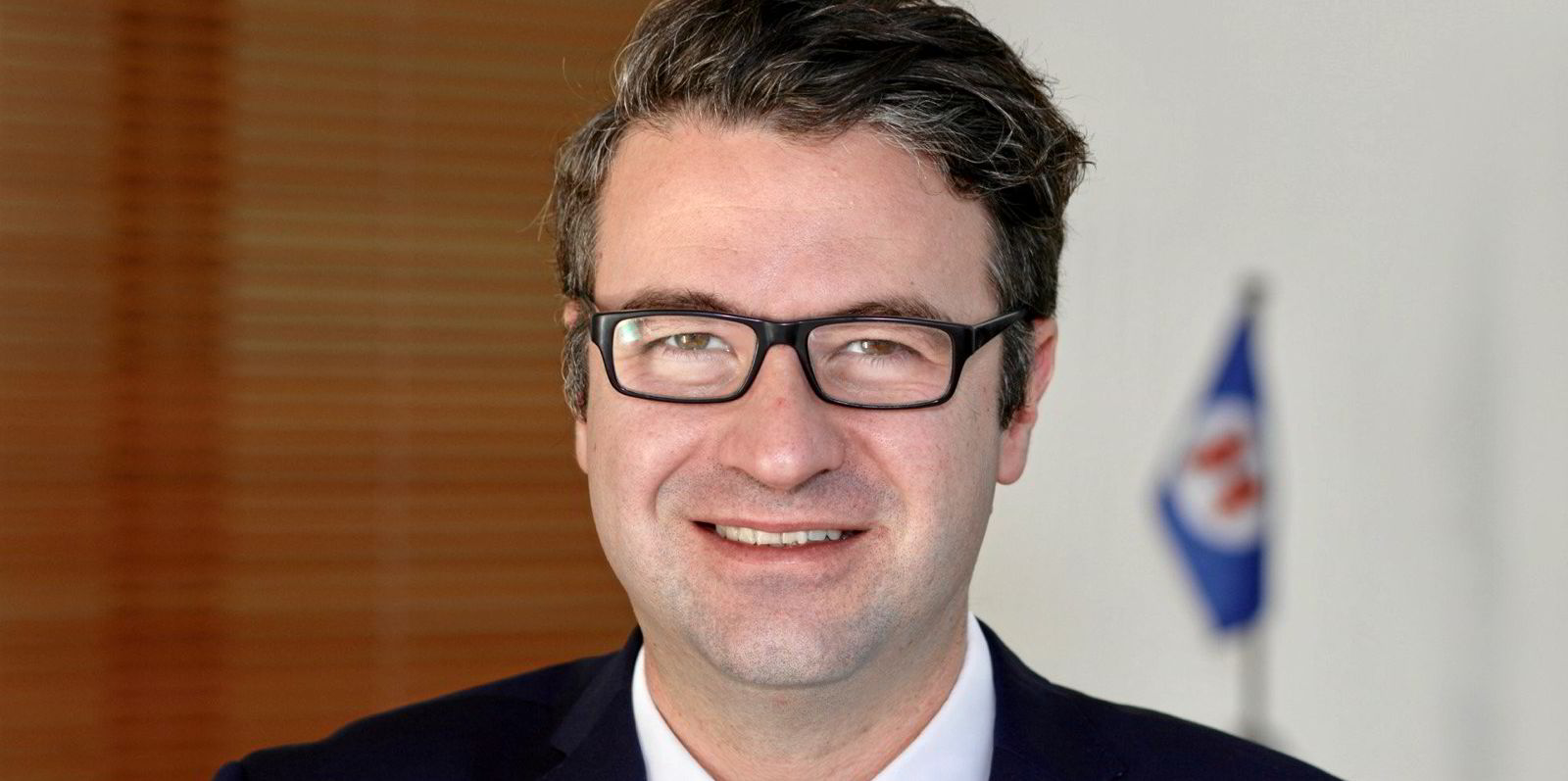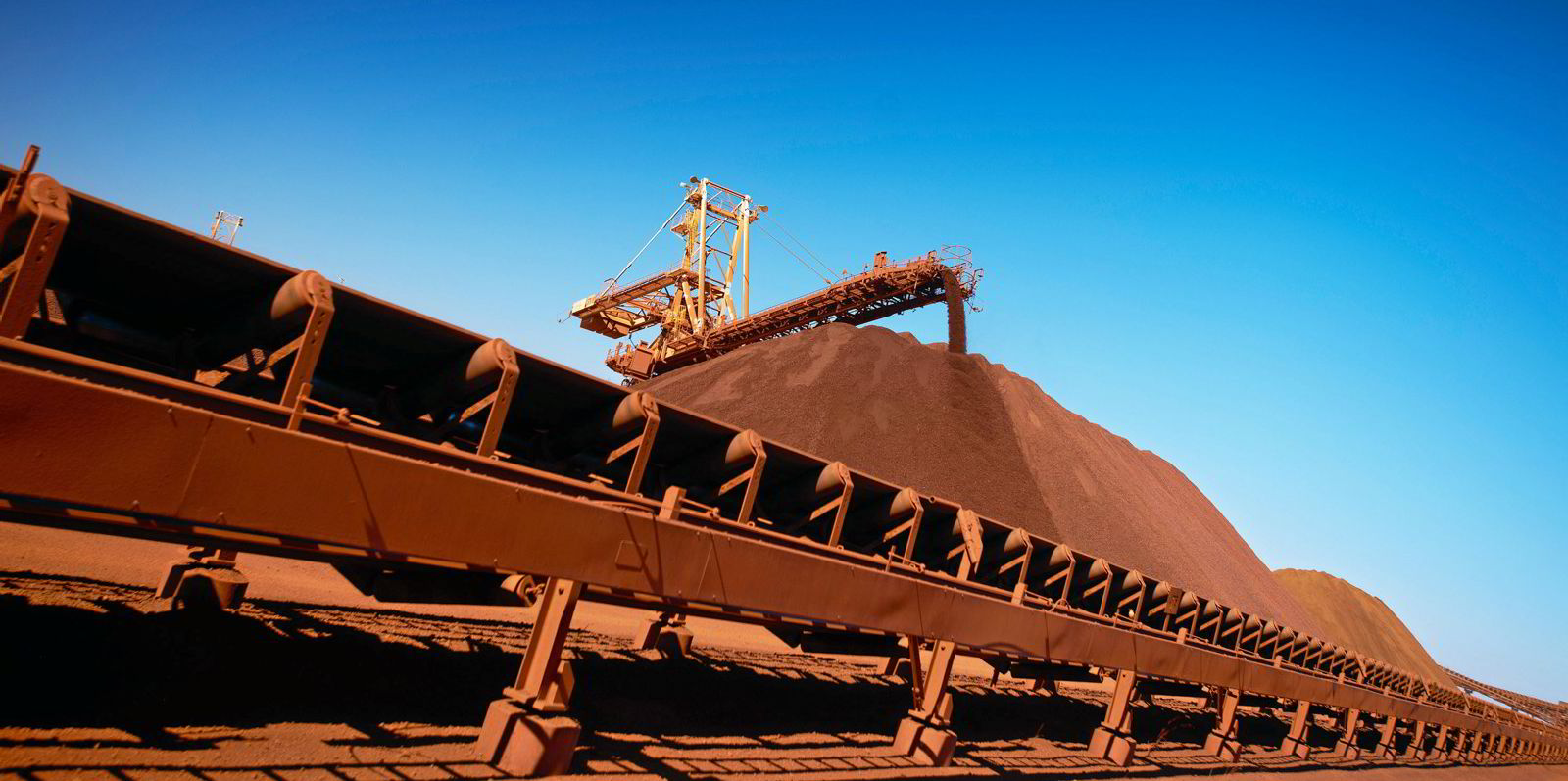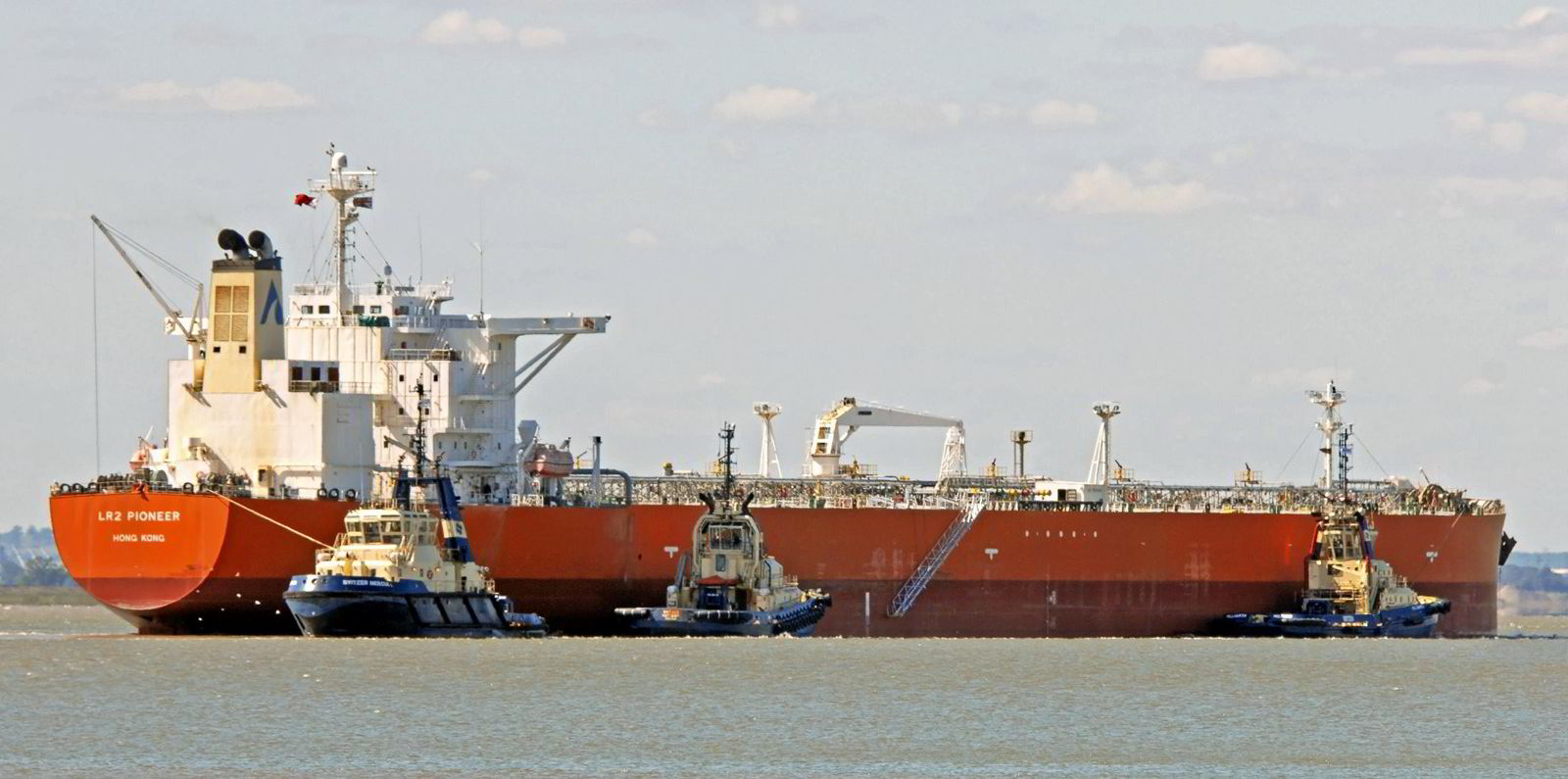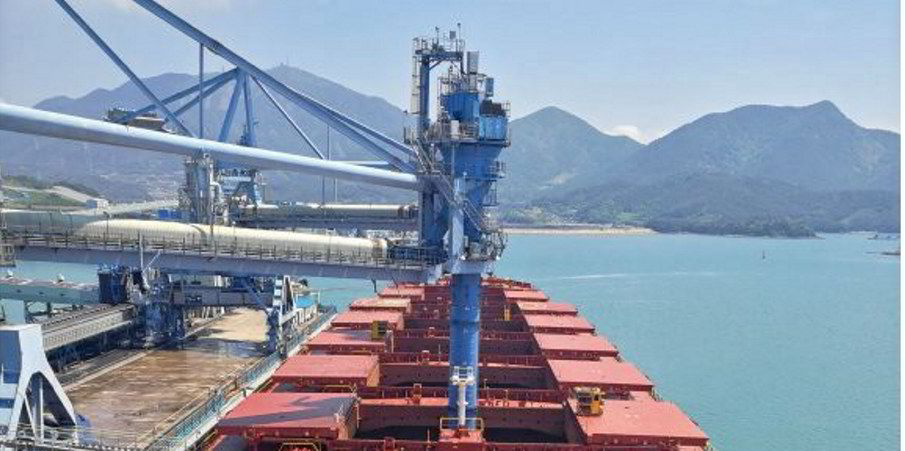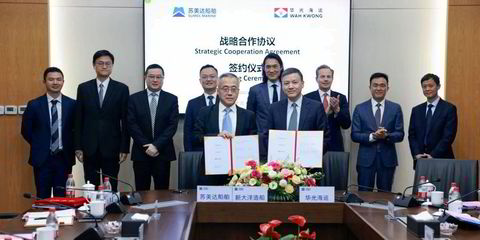The continued rise of bulker rates is "very, very good news" for container lines, German broker Hanse Bereederung believes.
The company told TradeWinds that stronger dry markets this year are being driven by China, which is again becoming a powerhouse, feeding the industry with import requirements.
Alex Karydis, director of chartering and sale and purchase at Hanse, said the country is "again on top of the league".
In March, China imported more than100m tonnes of iron ore — the highest amount in a decade.
There is also a big appetite for coal, and the main beneficiaries have been capesizes.
"In May 2020, the Baltic capesize index was above $5,000 [per day]. It's now above $30,000," Karydis said.
Other vessel sizes are also on the rise.
Bulkers following boxships
Boxship charter and freight rates have also seen recent spikes.
Karydis added: "It's very, very good news for the owners of containerships that the bulker industry is following suit."
He sees an indirect connection between the two vessel types: boxships carry produced goods, and the bulkers make sure that these goods are produced.
Today's iron ore imports are tomorrow's exports of steel, machinery and cars.
And boxships are still being fixed for up to three years.
Appetite remains
"The appetite is still there, which means that the liners have expectations for stability until 2023 or so," Karydis said.
He added that this is no surprise, because charterers always have an appetite for economies of scale.
For smaller ships, there are rates available that "you couldn't even imagine two or three years ago".
A 2,800-teu vessel can secure in the high $20,000s per day and $26,000 minimum for two to three-year deals.
Feeders making good money
Older conventional 1,700-teu feederships can bank around $20,000 per day, and numbers are into the mid-$20,000s or even higher for newer ships, which are more economical.
Karydis said bunker prices have risen but lines are still profitable.
Rate rises have been helped by disruption caused by the grounding of the 20,388-teu Ever Given (built 2018) in the Suez Canal.
Karydis said Russia had since highlighted that its Arctic routes could be an alternative to the Egyptian waterway, but Karydis dismissed this as a geopolitical game for now.
"Everybody has strategically ignored that thesis," he said. "I don't think the US and the European Union will listen seriously, at least at this stage.
"I think as time goes by it will be more and more under discussion. Twenty or 30 years from now, maybe it's the new Suez, who knows?"
